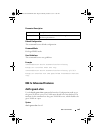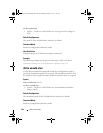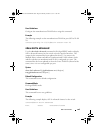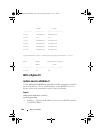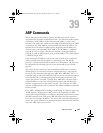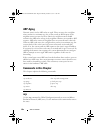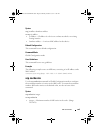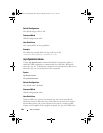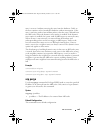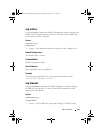
ARP Commands 851
39
ARP Commands
When a host has an IP packet to send on an Ethernet network, it must
encapsulate the IP packet in an Ethernet frame. The Ethernet header requires
a destination MAC address. If the destination IP address is on the same
network as the sender, the sender uses the Address Resolution Protocol (ARP)
to determine the MAC address associated with destination IP address. The
network device broadcasts an ARP request, identifying the IP address for
which it wants a corresponding MAC address. The IP address is called the
target IP. If a device on the same physical network is configured with the
target IP, it sends an ARP response giving its MAC address. This MAC address
is called the target MAC.
If the destination IP address is not on the same network as the sender, the
sender generally forwards the packet to a default gateway. The default
gateway is a router that forwards the packet to its destination. The host may
be configured with a default gateway or may dynamically learn a default
gateway.
The router discovery protocol is one method that enables hosts to learn a
default gateway. If a host does not know a default gateway, it can learn the
first hop to the destination through proxy ARP. Proxy ARP (RFC 1027) is a
technique used to make a machine physically located on one network appear
to be logically part of a different physical network connected to the same
router (may also be a firewall). Typically Proxy ARP hides a machine with a
public IP address on a private network behind a router and still allows the
machine to appear to be on the public network. The router proxies ARP
requests and all network traffic to and from the hidden machine to make this
fiction possible.
Proxy ARP is implemented by making a small change to a router's processing
of ARP requests. Without proxy ARP, a router only responds to an ARP
request if the target IP address is an address configured on the interface where
the ARP request arrived. With proxy ARP, the router may also respond if it
has a route to the target IP address. The router only responds if all next hops
on its route to the destination are through interfaces other than the interface
where the ARP request was received.
2CSPC4.XCT-SWUM2XX1.book Page 851 Monday, October 3, 2011 11:05 AM



